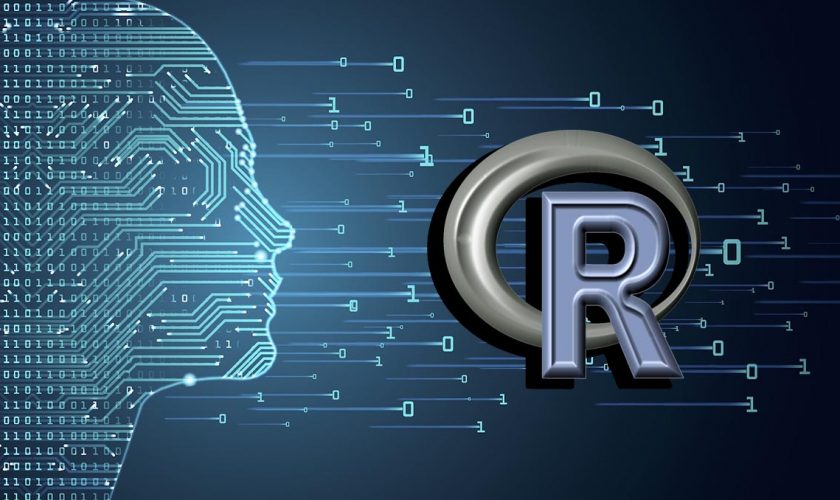Data Science and R Programming

R is a programming language and free software environment for statistical computing
and graphics supported.
R’s open interfaces allow it to integrate with other applications and systems.
It is a powerful language used widely for data analysis and statistical computing.
Packages such as dplyr, tidyr, readr, data.table, SparkR, ggplot2 have made data manipulation,
visualization and computation much faster.
To Become a Data Scientist, you must know starting from basics in Statistics, Data Management
and Analytics to advanced topics like Machine Learning and Big Data.
course Outline
Introduction to R Programming
- Why R?
- Approaches to Machine Learning
- Data Cleaning
- Data Integration
- Installing R Programming Console Software
- Understanding the Comprehensive R Archive Network
- Installing RStudio: The IDE
Creating a Graph using RStudio
- Histograms and Density Plots
- Dot Plots
- Bar Plots
- Line Charts
- Pie Charts
- Box Plots
- Scatter Plots
Advanced Graphs using RStudio
- Graphical Parameters
- Axes and Text
- Combining Plots
- Lattice Graphs
- ggplot2 Graphs
- Probability Plots
- Mosaic Plots
- Correlograms
- Interactive Graphs
Loading Different Kinds of Data into R
- Read TXT files with read.table()
- Read CSV files into R
- read.delim() for Delimited Files
- XLConnect Package for Reading Excel Files
- Read RDBMS data
- Read JSON data
- Read XML data
- Read HTML data
- SPSS data
- Read Stata data
- Read Systat data
- Read SAS data
- Read Minitab data
- Read RDA or RData data
Data Types and Structures
- Introduction to Data Types and Structures
- Understanding Basic Data Types in R
- Lists
- Matrices
Function Components
- Introduction to Function Components
- Writing functions in R
- Lexical Scoping
- Function Arguments
- Special Calls
- Return Values
- Objects Attributes
Creating Data Frame
- Testing and Corecion
- Combining data frames
- Special Columns
- Manipulate and Analyze data
Fundamentals of Data Management
- Creating the leadership data frame
- Renaming variables
- Missing values
- Data values
- Type conversions
- Sorting data
- Merging datasets
- Subsetting operators
- Using SQL statements to manipulate data frames
Introduction to Components Analysis
- Components Analysis
- Cluster Analysis
- Discriminant Analysis
- Statistical Tests
- Missing Value Treatment
Introduction to Statistical Models
- Defining Statistical Models
- Linear Models
- Generic Functions for Extracting Model Information
- Analysis of Variance and Model Comparison
- Generalized Linear Models
- Some Non-Standard Models
Predictive Modeling using R Programming
- Linear Regression
- Non-Linear Regression (NLS)
- Logistic Regression
- Isotonic Regression
- Decision Tree
- Support Vector Machines (SVM)
- Naive Bayes
- K-Nearest Neighbours (kNN)
- K-Means
- Streaming K-Means
- Gaussian Mixture
- Random Forest
- Dimesionality Reduction Algorithms
Time Series Analysis
- Robust Regression
- Fitting Analysis of Variance (ANOVA) Models
- One-Way ANOVA
- One-Way ANCOVA
- Two-Way Factorial ANOVA
- Repeated Meaures ANOVA
- Multivariate Analysis of Variance (MANOVA)
Advance Statistical Analysis using R
- Hypothesis Testing
- Outlier Analysis
- Feature Selection
- Model Selection
- Logistic Regression
- Advanced Linear Regression
- Text Analysis in R
- Sentiment Analysis with Tidy Data
Graphical Procedures & Packages
- High-Level Plotting Commands
- Low-Level Plotting Commands
- Interacting with Graphics
- Using Graphics Parameters
- Graphics Parameters List